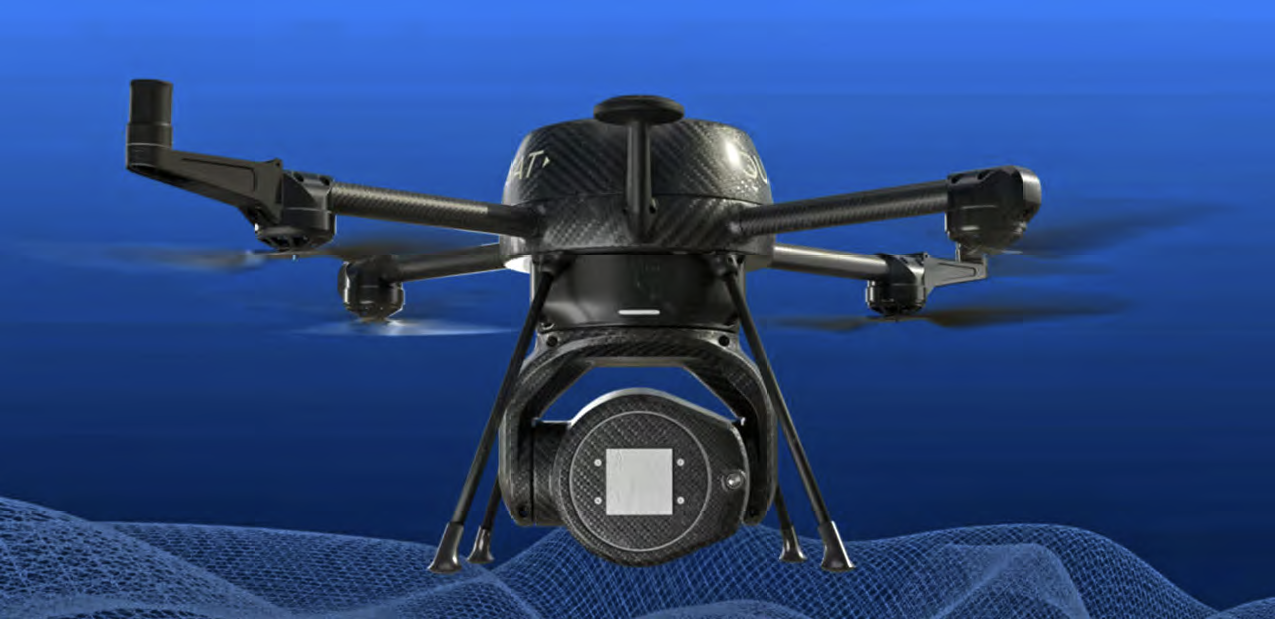Joakim Espeland, Chief Executive Officer
2024 has been an exciting year for the SATCOM industry. While we have witnessed a decline in the use by some traditional SATCOM users, we are noting huge growth and potential in other areas.

The sheer volume of launches, especially in LEO, is a testament to the value SATCOM continues to offer. And although LEO is gaining huge traction, the more traditional operators are retaining their value, continuing to offer highly secure and reliable communications when it is needed most.
I believe, as we move into 2025, there is a lot that is positive change for the industry, though such change won’t be without challenges. Here is my view on the main trends that will occur during this coming year.
1. SATCOM will become even more complex
Over recent months and years, we have seen a rising complexity across the industry. As we see more launches, especially from the mega constellations, and an increase in multi-orbit constellations, this is going to get even more complex. The challenges that brings remain largely unknown.
We are well aware, for example, of radio frequency interference (RFI) between GEO operators. There is anecdotal evidence even of the first cases of RFI between LEO operators. What we are not yet sure is whether we might witness interference between different orbits. Add to that the fact that the skies are getting more crowded and, of course, the growing concern around deliberate jamming caused by the geopolitical environment, we could certainly see a staggering rise in cases of interference. Not only that, but in this more complex environment, these cases might be more challenging to resolve. There are well-practiced processes and tools in place in the more traditional GEO domain, but even these are under strain. For inter-orbit interference, it is as yet uncertain how this could be resolved, and in a timely manner.
 2. The fight for spectrum will grow
2. The fight for spectrum will grow
Spectrum has been contested for a number of years now, but the pressure is mounting and satellite operators are fighting to keep hold of valuable spectrum. As demand for other networks that require spectrum grows, this will only get more challenging. The mobile industry, for example, has a huge amount of weight on its side, and of course a lot of justification for needing more spectrum. For satellite, it is a careful balancing act of enabling those other services while ensuring that SATCOM doesn’t suffer, especially for those critical services that rely on satellite coverage.
At the same time, I believe we will see an increase in the reliance on satellite for those critical services, as in many cases it is the only option. This is important to fill the gaps other communications methods can’t reach, but also important to ensure SATCOM remain relevant in an evolving environment. This is often true for disaster response, especially when other communications networks can be easily impacted in an emergency. It is of course also true for military operations that need satellite to keep troops connected and protected.
The industry will need to find a way to balance these needs with the requirement to share spectrum and it is likely we will see a number of tools and initiatives emerging aimed at improving sharing without impacting services.
3. SATCOM will continue to innovate
These challenges make it more important than ever to innovate. Luckily that is happening, and to a huge extent. The SATCOM industry has already evolved a huge amount over recent years and that is set to continue at a dramatic pace. Ground infrastructure providers and teleports have already begun the shift to more virtualized and cloud-based workflows, enabling greater flexibility and scalability than ever before, while making the transition to new tools much simpler in the future. This shift will likely get even more serious over the coming months, spurred on by a need to innovate while reducing costs and supported by initiatives such as DIFI.

Simultaneously, I think we will see a huge amount of innovation and new tools emerging across every area imaginable. For example, my colleague recently attended the ESA clean spectrum workshop which talked about the opportunities around on-orbit monitoring and geolocation to help combat RFI. I’m aware of some other projects ongoing to ensure more seamless sharing of spectrum and I am certain we will see a plethora of other innovations emerging to resolve the industry’s challenges and help SATCOM remain competitive.
4. Flat Panel Antennas will reach maturity
There has been a lot of talk around Flat Panel Antennas (FPAs) recently along with mounting concern that they will cause, and even are causing, errors such as interference. Many of these products do not meet performance expectations but with no specific requirements in place, manufacturers do not yet have a benchmark by which to measure. And of course, there are already a large, and growing number of these antennas entering the market.
I think what we need to remember is that these antennas respond to a customer demand to deliver a cost-efficient solution for coverage on-the-move. We need to listen to those customers that are relying on these antennas and ensure that we, as an industry, can deploy them. That means a need for industry collaboration to align on expected performance requirements and how we can effectively test these antennas to verify they meet those. This should ideally be a requirement before they are deployed on the network but the very nature of their deployment means that we should be ensuring ongoing testing in-situ to ensure they continue to perform as required.
Whether we achieve some industry-wide coordination or not, the amount of FPAs deployed is going to grow significantly.
5. The Starlink effect may not be as people expect
Starlink is again hitting the headlines, following Elon Musk’s appointment alongside President Trump. Much of the industry is talking of concern over the impact this might have for the industry.
However, while it may be difficult to work with the big companies such as Starlink and Amazon at times, I haven’t seen anything that is stifling competition. They will continue to innovate and pave the way, but surely that is only good for the industry. And in the meantime, traditional GEO SATCOM and its benefits will remain, enabling one hop, full control, and the ability to design the link as you want it.
The Future is Bright
The SATCOM industry has undergone significant challenges over recent years. While many of those still exist, we are seeing such a dramatic influx of innovative tools and ideas to help, not only resolve those, but also make the industry more efficient, more profitable, and ultimately more attractive.

At the same time, the traditional benefits of SATCOM remain, enabling high quality, secure, and reliable connectivity, even in places untouched by other networks. It is an exciting time to be in this industry.
quadsat.com

